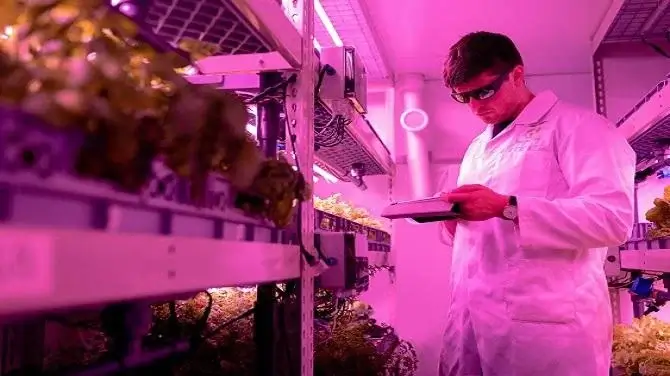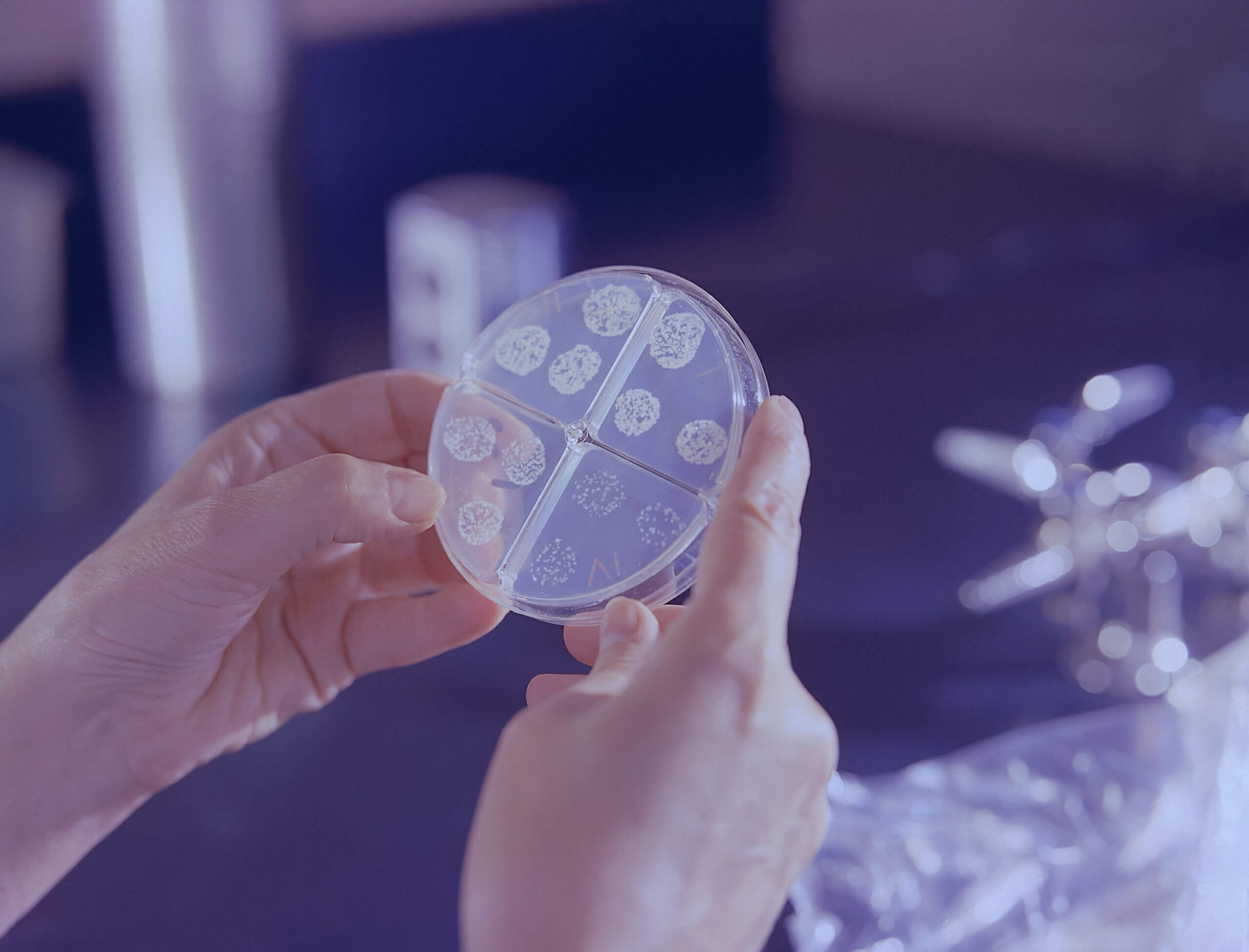
Introduction
Proximity-dependent Biotin Identification (BioID) is a powerful technique used to study protein-protein interactions within living cells. By harnessing the proximity of proteins, BioID allows researchers to identify and characterize the interactome of a target protein. This article will explore the principles behind BioID, its applications, and its potential impact on the field of proteomics.
Understanding BioID
BioID is based on the concept of proximity-dependent biotinylation, where proteins in close proximity to a target protein are labeled with biotin. The key component of BioID is the promiscuous biotin ligase, BirA. When fused to a target protein, BirA biotinylates proteins that come into close contact with the target protein. This biotinylation event can then be detected and used to identify the interacting proteins.
BioID Workflow
The BioID workflow involves several steps to enable the identification of protein-protein interactions. First, the target protein of interest is genetically fused to the BirA biotin ligase. This fusion protein is then expressed in the desired cell type or organism. Next, biotin is added to the cell culture medium, allowing BirA to biotinylate proteins in proximity to the target protein. After a specific incubation period, the cells are harvested, and the biotinylated proteins are isolated using streptavidin affinity purification. Finally, the isolated proteins are identified and characterized using mass spectrometry or other proteomic techniques.
Applications of BioID
Proximity-dependent Biotin Identification has a wide range of applications in the field of proteomics. One of its primary uses is in mapping protein-protein interactions in a cellular context. By identifying the proteins that interact with a specific target protein, researchers can gain insights into the functional networks and pathways in which the target protein is involved. BioID can also be used to identify novel protein complexes and pathways that were previously unknown. Additionally, BioID enables the characterization of dynamic protein interactions, allowing researchers to study how protein interactions change under different cellular conditions. Furthermore, BioID can be used to investigate protein localization and trafficking, providing valuable information about the subcellular distribution and movement of proteins.
Advantages of BioID
BioID offers several advantages over other protein-protein interaction mapping techniques. One of the key advantages is the ability to label proteins in their native cellular environment. Unlike in vitro methods, BioID allows the study of protein interactions in the context of living cells, providing a more physiologically relevant understanding of protein function. Additionally, BioID is capable of detecting weak or transient protein interactions that may be missed by other techniques. This sensitivity is crucial for capturing dynamic protein interactions that play important roles in cellular processes. Moreover, BioID is compatible with various cell types and organisms, making it a versatile tool for studying protein-protein interactions in different biological systems. Lastly, BioID has the potential for high-throughput analysis, allowing for large-scale interactome studies to be conducted.
Limitations and Challenges
While BioID is a powerful technique, it also has some limitations and challenges. One of the main challenges is the potential for non-specific biotinylation and background noise. Biotin ligases, including BirA, can sometimes biotinylate proteins that are not in direct proximity to the target protein, leading to false-positive results. Careful experimental design and controls are necessary to minimize these non-specific interactions. Another challenge is the interpretation of proximity-based interactions. The proximity of proteins does not always indicate a direct physical interaction, as proteins can be in close proximity due to their localization or association with other proteins. Therefore, additional validation experiments are often required to confirm the functional relevance of the identified interactions. Optimization of experimental conditions, such as the expression level of the fusion protein and the duration of biotin labeling, is also important to ensure the accuracy and specificity of the results.
Future Perspectives
BioID is a rapidly evolving technique, and several future directions hold promise for further advancements. One potential direction is the integration of BioID with other proteomic techniques, such as affinity purification coupled with mass spectrometry (AP-MS), to obtain a more comprehensive view of protein-protein interactions. Combining BioID with other methods can provide complementary information and enhance the accuracy of interaction mapping. Another area of future development is the improvement of proximity-dependent labeling strategies. Researchers are actively exploring new biotin ligases and labeling systems that offer increased specificity and reduced background noise. Additionally, BioID has the potential to be applied in drug discovery and target identification. By mapping the interactome of disease-associated proteins, BioID can aid in the identification of potential therapeutic targets and the development of novel drugs. Overall, BioID holds great promise for advancing our understanding of protein-protein interactions and their roles in cellular processes and disease mechanisms.
Citations
- Roux, K. J., Kim, D. I., & Burke, B. (2013). BioID: A Screen for Protein-Protein Interactions. Current protocols in protein science, 74, Unit 19.23.
- Kim, D. I., Birendra, K. C., Zhu, W., Motamedchaboki, K., Doye, V., & Roux, K. J. (2014). Probing nuclear pore complex architecture with proximity-dependent biotinylation. Proceedings of the National Academy of Sciences, 111(24), E2453-E2461.
- Lambert, J. P., Tucholska, M., Go, C., Knight, J. D., Gingras, A. C., & Figeys, D. (2015). Proximity biotinylation and affinity purification are complementary approaches for the interactome mapping of chromatin-associated protein complexes. Journal of proteomics, 118, 81-94.
- Trinkle-Mulcahy, L., Boulon, S., Lam, Y. W., Urcia, R., Boisvert, F. M., Vandermoere, F., … & Lamond, A. I. (2008). Identifying specific protein interaction partners using quantitative mass spectrometry and bead proteomes. Journal of cell biology, 183(2), 223-239.








